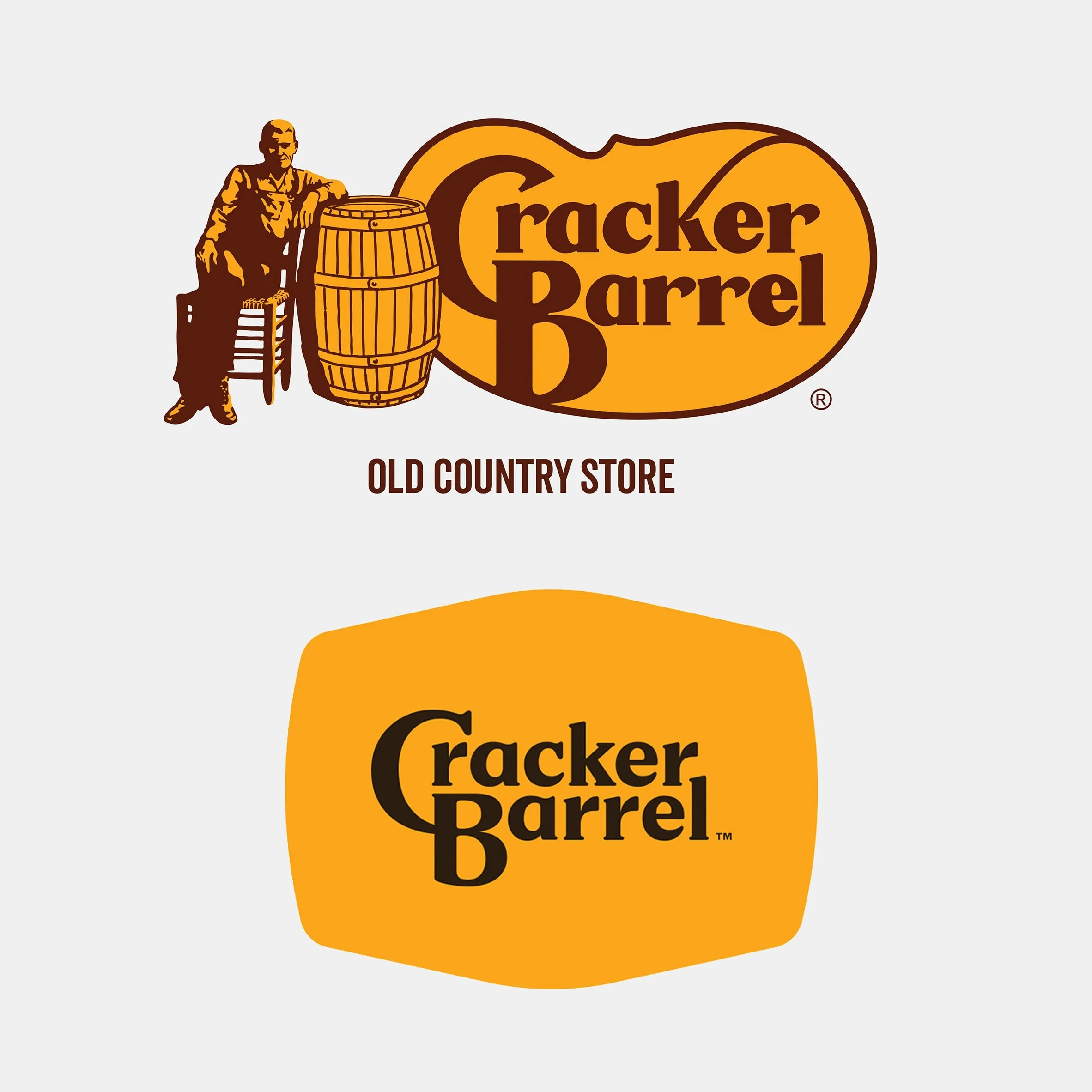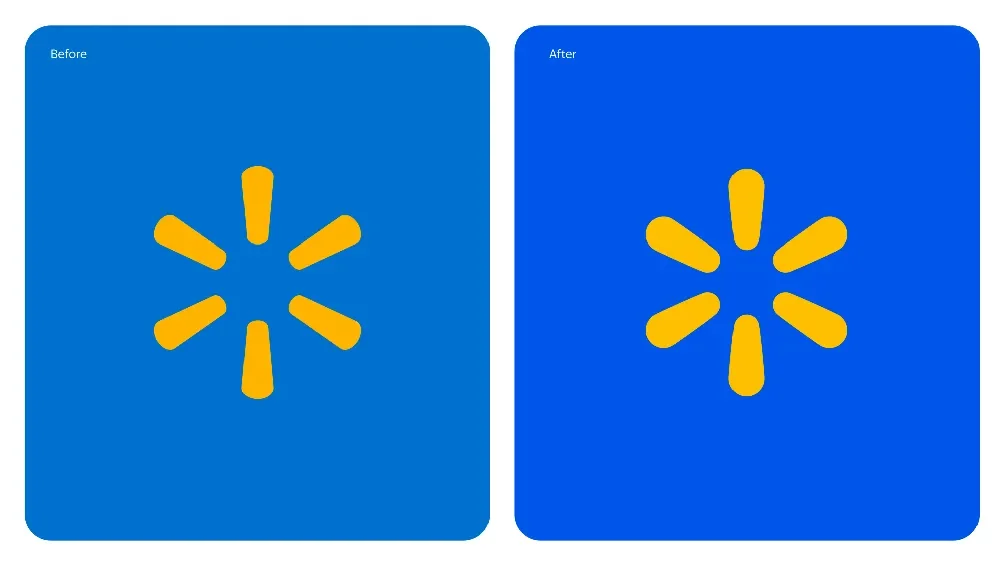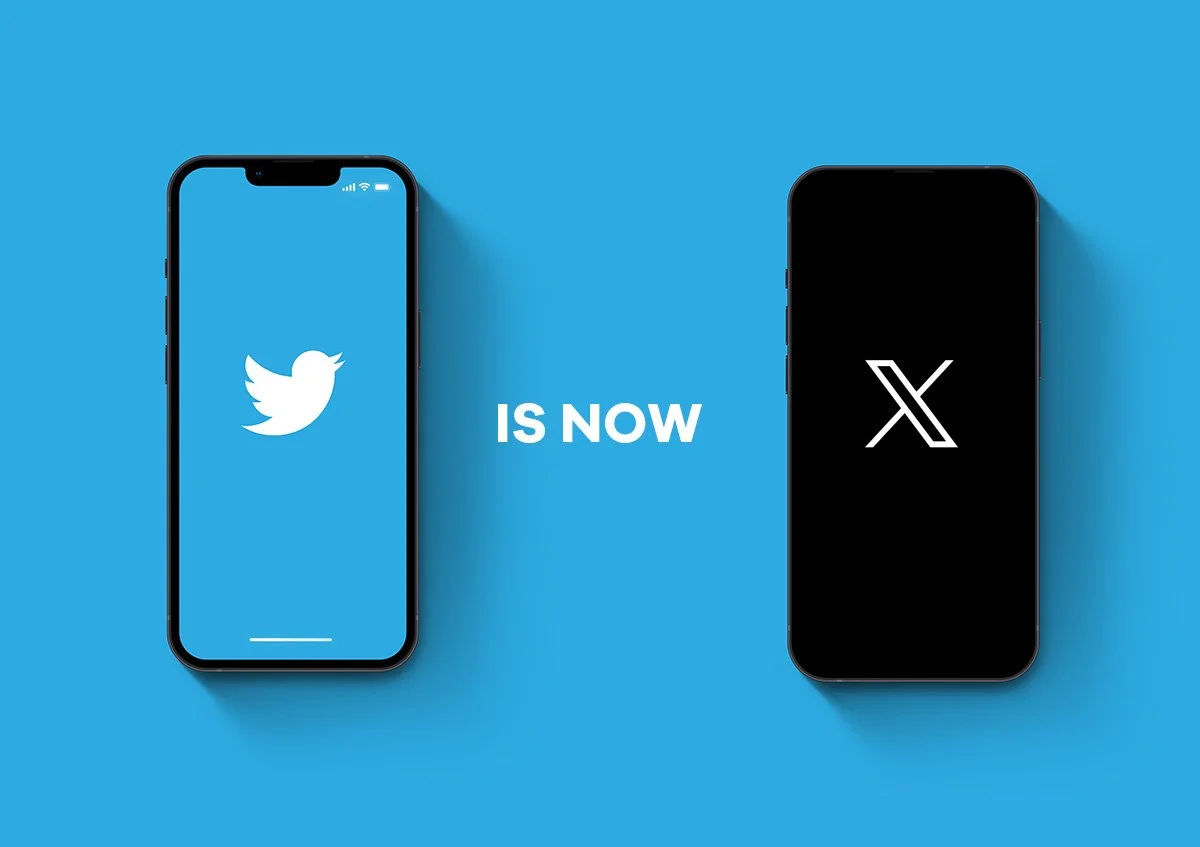What We Can Learn From These Branding Flops
Rebranding can be one of the most exciting and challenging moves a business makes. When done well, it can revitalize your brand, attract new audiences, and signal growth. But when done poorly, it can confuse loyal customers, dilute your message, or even damage your reputation.
Even the most recognizable brands have stumbled through a rebrand or two. Their mistakes offer valuable lessons for the rest of us.
Here’s what we can learn from a few famous branding flops, and make sure your next refresh actually moves your business forward.
1. Cracker Barrel: Know Your Audience
Cracker Barrel built its brand on nostalgia: the warmth of comfort food, the charm of a country store, and a sense of simplicity. So when the company introduced a sleek, modern rebrand, the disconnect was immediate. Loyal customers didn’t see themselves in the new design. The aesthetic shift stripped away the very thing that made Cracker Barrel special: its old-fashioned familiarity.
The takeaway: It’s important to know your audience before you make big changes. A brand’s visual identity should evolve in a way that honors what your audience already loves about you.
Pro tip: Before changing your logo, fonts, or tone, ask: “Does this still feel like us?”
If your core audience can’t see themselves in the new version of your brand, the rebrand will likely fall flat, no matter how polished it looks.
2. Walmart: Use Your Marketing Budget Wisely
When Walmart unveiled a $1.5 million rebrand, many people didn’t even notice. The logo got a minor update, but the everyday experience for customers stayed exactly the same. The company poured massive resources into a change that offered little visible impact to the average shopper.
The takeaway: Not every brand refresh needs to start with a new logo. The most effective investment lies elsewhere: improving your online shopping experience, updating your photography, or refining your messaging for clarity and consistency.
Pro tip: Before investing in a rebrand, it’s worth asking: “What problem am I actually trying to solve?” Direct your budget toward what will truly elevate your brand presence.
3. Twitter to X: Big Changes Take Time and Strategy
Few rebrands have sparked as much public conversation as Twitter’s shift to X. The abrupt change in name, logo, and identity left users disoriented. Years later, most people still call it “Twitter”, and “tweets” remain part of our everyday language. The rollout felt rushed and confusing, showing exactly what happens when a major rebrand lacks a strong communication strategy.
The takeaway: When a brand with strong cultural relevance makes a big change, it has to give its audience time to adjust. Gradual transitions tend to work better than overnight overhauls.
Pro tip: Change can be powerful, but only when your audience feels included. Bring them along by explaining your vision, sharing your “why,” and giving them time to adapt.
Before You Rebrand…
Rebranding is more than just a new look; it’s a reflection of who you are and how you serve your audience. The strongest brand evolutions are intentional, guided by strategy, and rooted in the same values that built your reputation.
By understanding your audience, investing wisely, and managing transitions with care, you build a brand that resonates and grows stronger with every connection.
Read to bring clarity and confidence to your brand evolution? Book a strategy session with us today and turn your brand goals into a strategic plan that drives results.



